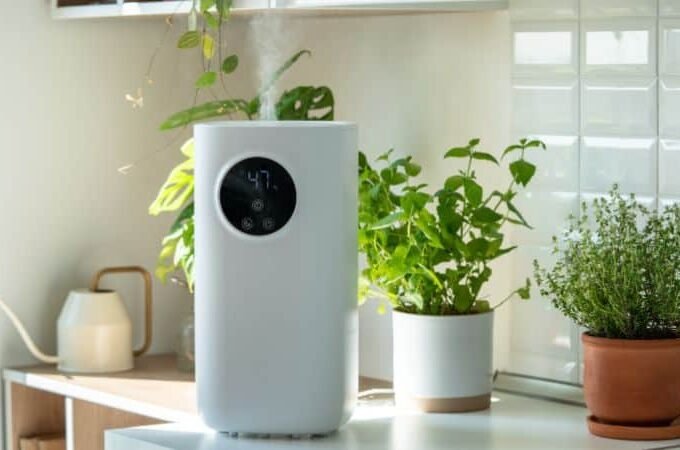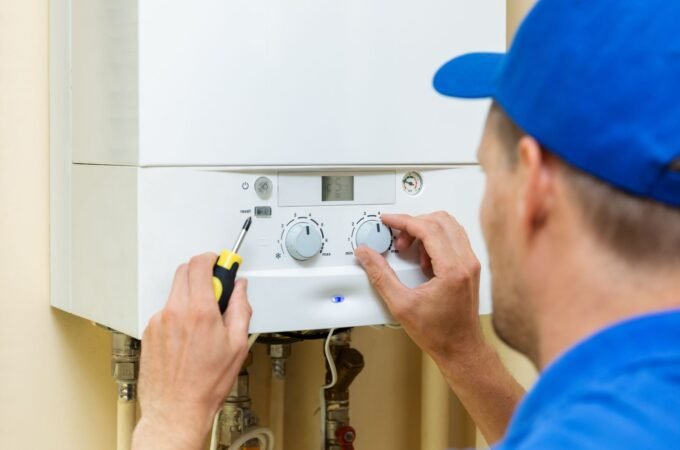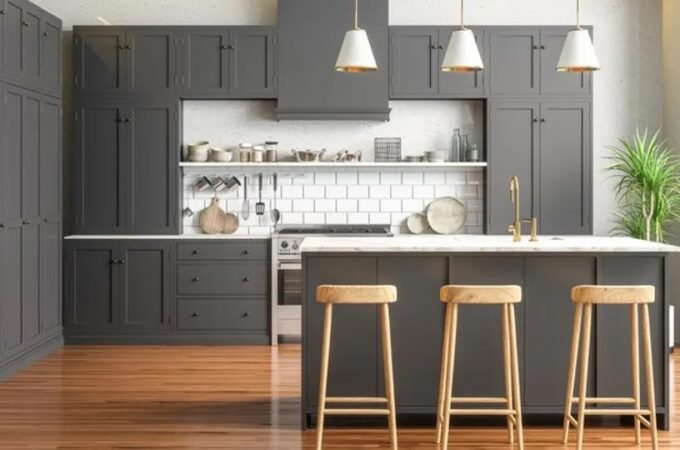
Eco-Friendly Cooling Solutions: Embracing Swamp Cooler Fans
In the relentless pursuit of combating climate change and reducing carbon footprints, the world is witnessing a paradigm shift towards eco-friendly alternatives in various aspects of life. One such aspect is cooling solutions for homes and commercial spaces. With the escalating concerns over energy consumption and environmental impact, traditional air conditioning systems are facing scrutiny for their inefficiency and significant carbon emissions. In response to this challenge, a resurgence of interest in swamp cooler fans is evident, offering a compelling blend of effectiveness, affordability, and environmental friendliness.
Table of Contents
ToggleUnderstanding Swamp Cooler Fans
Swamp cooler fans, also known as evaporative coolers, operate on a simple yet ingenious principle: evaporation. Unlike conventional air conditioners that rely on energy-intensive refrigeration cycles, swamp coolers utilize the natural process of water evaporation to cool the air. A swamp cooler is often a preferred choice in areas with low humidity due to its efficient and natural cooling mechanism. As the air passes through these pads, the water evaporates, absorbing heat from the air and significantly lowering its temperature. The cooled air is then circulated into the living or working space, creating a refreshing and comfortable environment.
Advantages of Swamp Cooler Fans
1. Energy Efficiency
One of the most compelling advantages of swamp cooler fans is their remarkable energy efficiency. Unlike air conditioners, which consume a substantial amount of electricity to operate compressors and refrigerants, swamp coolers rely on the natural evaporation process, which consumes significantly less energy. In fact, studies have shown that swamp coolers can reduce energy consumption by up to 75% compared to traditional air conditioning systems, leading to substantial cost savings on utility bills.
2. Environmentally Friendly
In an era where environmental sustainability is paramount, swamp cooler fans offer a breath of fresh air. By minimizing electricity consumption and eschewing harmful refrigerants such as hydrofluorocarbons (HFCs) and chlorofluorocarbons (CFCs), swamp coolers help reduce carbon emissions and mitigate the environmental impact associated with cooling technologies. Additionally, since swamp coolers rely on water as their primary cooling agent, they do not release harmful greenhouse gases into the atmosphere, further enhancing their eco-friendly credentials.
3. Cost-Effectiveness
Beyond their environmental benefits, swamp cooler fans also excel in terms of affordability. The initial cost of purchasing and installing a swamp cooler is typically lower than that of a conventional air conditioning system. Moreover, due to their lower energy consumption, swamp coolers result in significant long-term savings on electricity bills, making them a cost-effective cooling solution for both residential and commercial applications. Additionally, maintenance costs for swamp coolers are generally lower, as they involve simple components and fewer mechanical parts compared to air conditioners.
4. Improved Air Quality
In addition to cooling the air, swamp cooler fans also act as natural humidifiers, adding moisture to the dry indoor air prevalent in arid climates. This added moisture can alleviate respiratory issues, reduce static electricity, and prevent furniture and wooden fixtures from drying out and cracking. Furthermore, since swamp coolers continuously draw fresh air from the outside, they promote better air circulation and ventilation, helping to mitigate indoor air pollution and stale odors.
5. Versatility and Adaptability
Swamp cooler fans are highly versatile and adaptable to various environmental conditions and architectural settings. Unlike air conditioners, which require airtight insulation to operate efficiently, swamp coolers work best in open or semi-open spaces where air circulation is ample. They are particularly well-suited for regions with low humidity levels, where the evaporative cooling process is most effective. Additionally, swamp coolers can be easily integrated with existing HVAC systems or used as standalone units, offering flexibility in cooling solutions for diverse applications.
Challenges and Considerations
While swamp cooler fans offer numerous advantages, they are not without their challenges and considerations. One primary limitation is their dependence on ambient humidity levels. In areas with high humidity, the evaporative cooling process becomes less efficient, limiting the effectiveness of swamp coolers. Additionally, since swamp coolers rely on the continuous supply of water for evaporation, they may not be suitable for regions experiencing water scarcity or strict water conservation measures.
Furthermore, maintenance and upkeep are essential for ensuring the optimal performance and longevity of swamp cooler fans. Regular cleaning of water pads, inspection of water supply systems, and occasional servicing of fan motors are necessary to prevent mold growth, mineral buildup, and mechanical failures. Proper ventilation is also crucial to prevent indoor air quality issues and ensure adequate circulation of cooled air throughout the space.
Conclusion
As the world grapples with the dual challenges of climate change and energy sustainability, the adoption of eco-friendly cooling solutions is imperative. Swamp cooler fans offer a compelling alternative to traditional air conditioning systems, with their energy efficiency, environmental friendliness, cost-effectiveness, and health benefits. By harnessing the power of evaporation, swamp coolers provide a sustainable way to beat the heat while minimizing carbon emissions and reducing reliance on finite resources. As we strive towards a greener and more sustainable future, embracing swamp cooler fans represents a significant step in the right direction.






